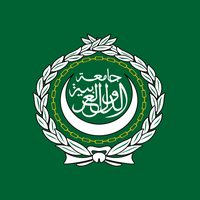The idea of a single, united "Arab World" has never moved very far beyond the realm of wishful thinking. The history of the Middle East comes filled with countless chapters on intra-Arab warfare and numerous tomes on political enmity and intrigue pitting Arab states against each other. From the earliest days of Islam, when the Sunni-Shiite divide tore the believers apart, to the late 20th century, when conflicts such as the Iraqi invasion of Kuwait and subsequent U.S.-led counterattack divided Arab loyalties, unity has proven elusive. At times, it was possible to downplay the split. Now, however, all pretenses have disappeared. The Arab world is as sharply divided as ever. Today, Arab countries have taken their positions on two distinct sides of a dividing line. The source of the split is the growing power of the Arabs' long-time enemy, Persia, in its modern embodiment: The Islamic Republic of Iran. Iran's support of militant groups has always worried regimes seeking to hold on to power. In recent years, Iran's ability to sow unrest has become plainly visible, with fighting in Gaza, Lebanon and Iraq led by militias funded and trained by Tehran.
World Citizen: A Divided Arab World Faces a Muscular Iran

